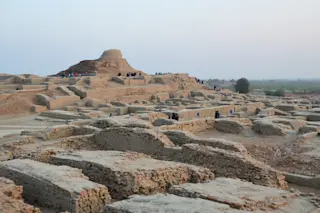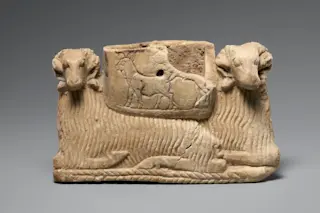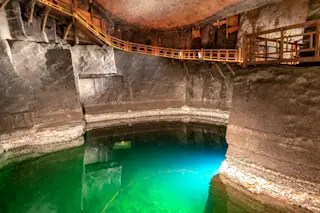Around 12,000 years ago, humans hunkered down. Though they had previously traversed the planet to forage for food, people made the decision to devote themselves to agriculture and spent their days planting seeds, picking produce and amassing the world’s first food surpluses.
Ultimately, the security provided by abundant food allowed portions of the human population to concentrate on converting small, agrarian settlements into vibrant cities. They could construct towering temples and palaces and throw themselves into the burgeoning endeavors of art, philosophy and politics.
Here are seven ancient societies that have gained a reputation for their ingenuity and innovation. (The exact timelines for these civilizations are approximate and subject to academic debate.)
The ruins of Eridu in Iraq (Peter Sobolev/Shutterstock)
Ancient Sumer, an area in Mesopotamia above the shared floodplains of the Tigris and Euphrates rivers, is famous for fostering the first civilizations in human history. Around 10000 B.C., Mesopotamia’s ...















